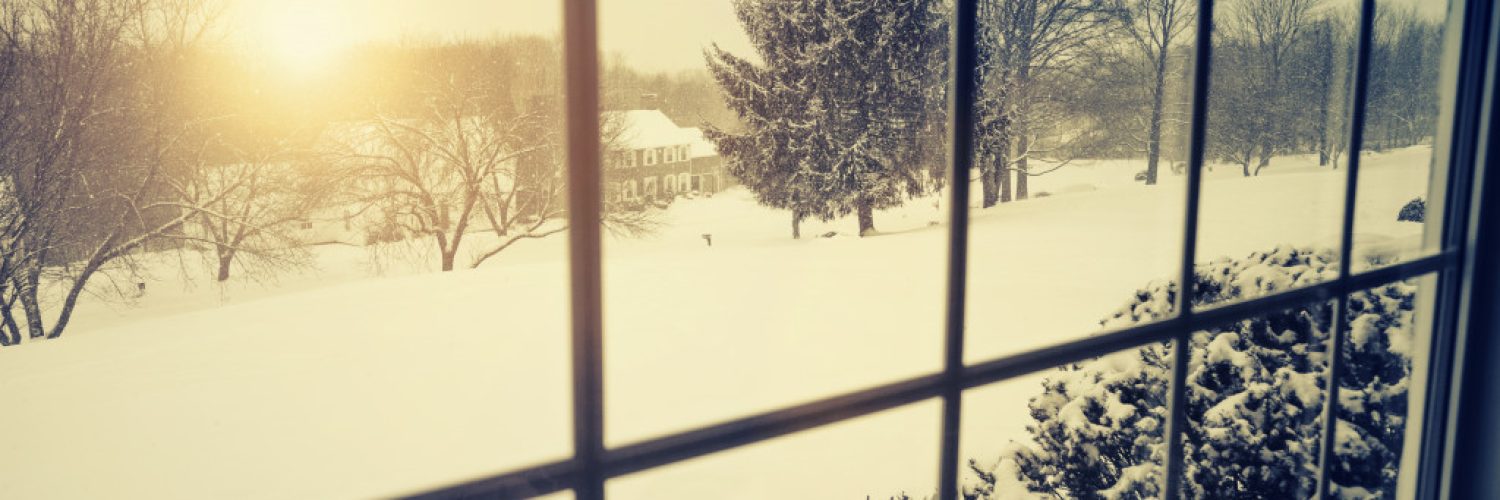As temperatures drop and the leaves begin to turn, it’s time to start thinking about how you can weatherproof your house. From sealing up cracks and gaps to insulating your home, several things you can do to prepare your house for the colder months ahead. Not sure where to start? Fret not! This article will give you a run-down of the most important things to do to weatherproof your home. So, let’s get started!
Start at the top
Your roof is one of the most essential parts of your house regarding weatherproofing. A good roof will protect your home from the elements and keep you comfortable all year round. You can do a few things to ensure your roof is up to the task. First, check for any loose or missing shingles. These can be replaced relatively easily and will go a long way towards keeping your roof in good condition.
Most importantly, ensure that your downspouts and gutters are clear from potential blockages. This will allow them to funnel water away from your home proficiently, thus preventing it from seeping through any cracks in the roof. Finally, have a professional inspect your roof periodically to identify any potential problems before they become serious. By taking these simple steps, you can help ensure that your home is well-protected against the worst the weather has to offer.
Repair any significant damages
Some home damage may seem small, but it can become big problems if left unaddressed. So, it’s essential to take care of any repairs that need to be made before the weather gets too cold. One of the most common neglected damages to houses is glass windows or walls. This is often because people think that they’re expensive to replace. However, it’s important to remember that even a small crack in a window can let in drafts and moisture, which can cause all sorts of problems down the line. Residential glass replacement is not as expensive as you might think, and it’s worth doing if you want to keep your home. Not only does glass add an extra layer of protection against the cold, wind, and rain, but it also helps insulate your home, keeping it warmer and cooler in the summer.
In addition to glass replacement, you should also repair any cracks or gaps in your home’s exterior. These can be found around doors, windows, and anywhere where two different materials meet.
Seal up any cracks or gaps
Take a walk outside your house and look for any cracks or gaps. Sealing up any cracks or holes in your home is a great way to weatherproof it and make it more energy efficient. Even the tiniest cracks can let in drafts and cause your heating and cooling bills to skyrocket. Fortunately, there are various ways to seal up cracks and gaps, depending on the size and location of the opening. For small cracks, caulk is usually the best option. You can also use weatherstripping to seal up more significant gaps around doors and windows. In addition, you can add insulation to your walls and attic to further reduce drafts and improve energy efficiency. These simple steps can help protect your home from the elements and save money on your utility bills.
Insulate your home

Many people have experienced the discomfort of an overly warm or cold house at one time or another. During the summer, you crank up the air conditioning to stay cool, while in winter, you bundle up in blankets and turn up the heat. But what if there was a way to keep your home at a comfortable temperature year-round without running up your energy bills? Insulating your home is one of the best ways to do just that.
By keeping the heat in during the winter and out during the summer, insulation helps maintain a stable temperature inside your home. It also reduces noise from outside and prevents moisture damage. And perhaps best of all, it’s relatively inexpensive and easy to do yourself. So if you’re looking for a way to improve your home’s comfort and efficiency, insulating it is a great place to start.
Reverse your ceiling fans
You probably don’t think about your ceiling fans much during the winter, but did you know that they can actually help keep your home warm? Reversing the direction of your ceiling fans helps push warm air down from the ceiling, making the whole room feel warmer.
The bottom line
Your family’s safety is always a priority. Winter weather can be unpredictable, so it’s important to take the necessary precautions to ensure your home is safe and comfortable all season long. By following these tips, you can rest assured knowing that your home is ready to weather any storm. What other tips do you have for weatherproofing your home?

